
1. Introduction to Digital Marketing
In today’s technology-driven world, digital marketing is no longer optional—it’s essential. Whether you’re a small business owner, a freelancer, or a budding entrepreneur, understanding digital marketing gives you the power to reach your audience where they spend most of their time: online.
Digital marketing refers to all marketing efforts that use the internet or electronic devices. Businesses leverage channels such as search engines, social media, email, and websites to connect with current and potential customers. Unlike traditional marketing, digital methods allow for precise targeting, real-time feedback, and measurable results.
This guide will help you understand what digital marketing is, its key components, and why it’s critical in today’s landscape.
2. Traditional Marketing vs. Digital Marketing
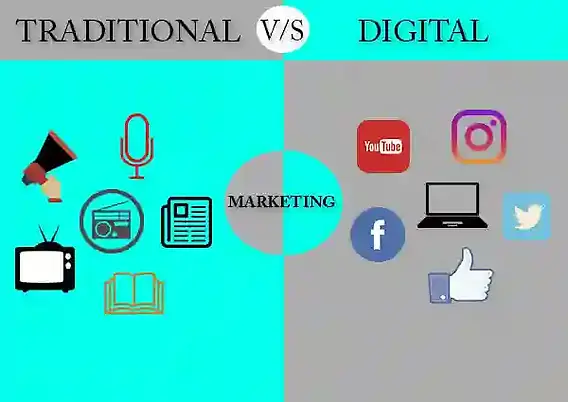
| Aspect | Traditional Marketing | Digital Marketing |
| Medium | Print, TV, Radio, Billboards | Social Media, Email, SEO, Websites |
| Reach | Local or Broad (Less Specific) | Targeted (Demographics, Interests, etc.) |
| Cost | Usually higher | Budget-friendly options available |
| Tracking Results | Difficult and delayed | Real-time tracking and analytics |
| Interactivity | One-way communication | Two-way (comments, shares, engagement) |
While traditional marketing still has value in some industries, digital marketing offers more flexibility, scalability, and better ROI for most businesses.
3. Core Components of Digital Marketing
Digital marketing isn’t a single strategy—it’s a combination of different methods, each serving a unique purpose. Here are the most essential ones:
➤ Search Engine Optimization (SEO)
SEO is the art and science of improving your website’s visibility on search engines like Google. The higher your site ranks, the more traffic you get.
Key elements of SEO:
- Keyword research
- On-page SEO (content, meta tags, etc.)
- Technical SEO (site speed, mobile-friendliness)
- Backlinks from credible sources
➤ Content Marketing
Content marketing focuses on creating valuable, relevant content to attract and retain a clearly defined audience.
Types of content:
- Blogs
- Videos
- Infographics
- E-books
- Case studies
The goal? To build trust, authority, and drive conversions over time.
➤ Social Media Marketing
This involves promoting your brand and content on platforms like Instagram, Facebook, LinkedIn, Twitter, and YouTube.
Benefits:
- Increase brand awareness
- Engage with your community
- Drive website traffic and leads
Each platform serves a different purpose and audience, so strategy matters.
➤ Email Marketing
Email marketing is one of the highest ROI channels. It’s personal, cost-effective, and direct.
Common email types:
- Newsletters
- Promotional campaigns
- Drip sequences
- Welcome emails
➤ Pay-Per-Click (PPC) Advertising
PPC allows businesses to display ads online and pay only when someone clicks. Google Ads and Facebook Ads are the most popular platforms.
Advantages:
- Immediate visibility
- Full control over budget and targeting
Useful for promotions and re-targeting.
4. Benefits of Digital Marketing
Digital marketing offers numerous advantages, especially for small and medium-sized businesses:
- Global Reach: Market your products/services anywhere in the world.
- Cost-Effective: Lower entry cost compared to TV or print ads.
- Measurable Results: Track every click, view, and conversion.
- Personalization: Target users based on their behavior and interests.
- Real-Time Engagement: Interact with your audience instantly via chat, comments, or DMs.
High ROI: Scalable campaigns can bring in more returns than investment.
5. Digital Marketing Channels Explained
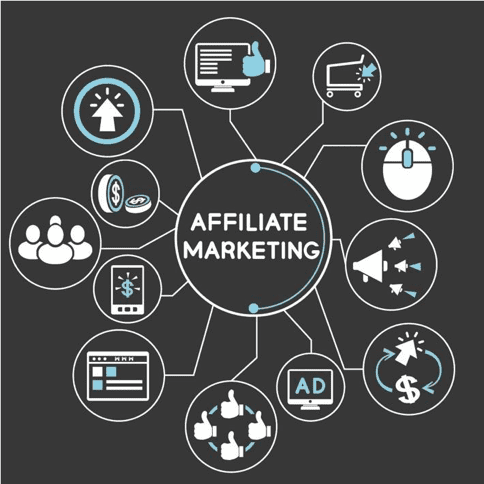

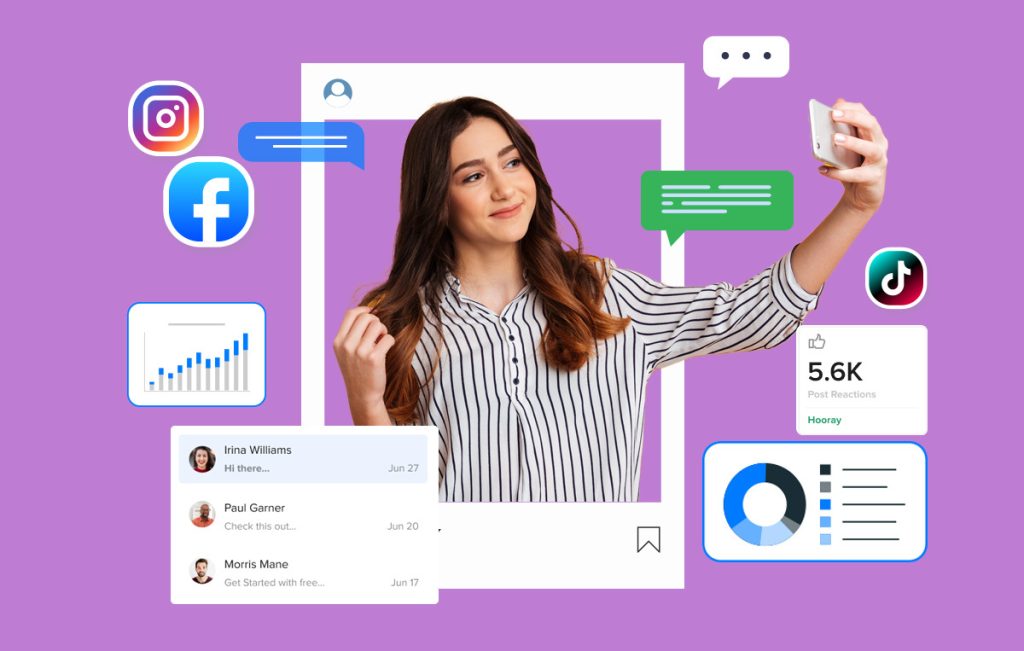
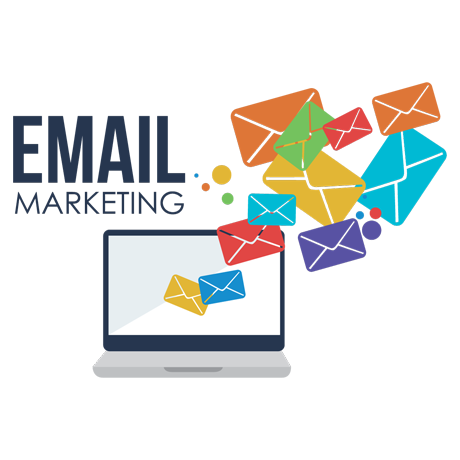

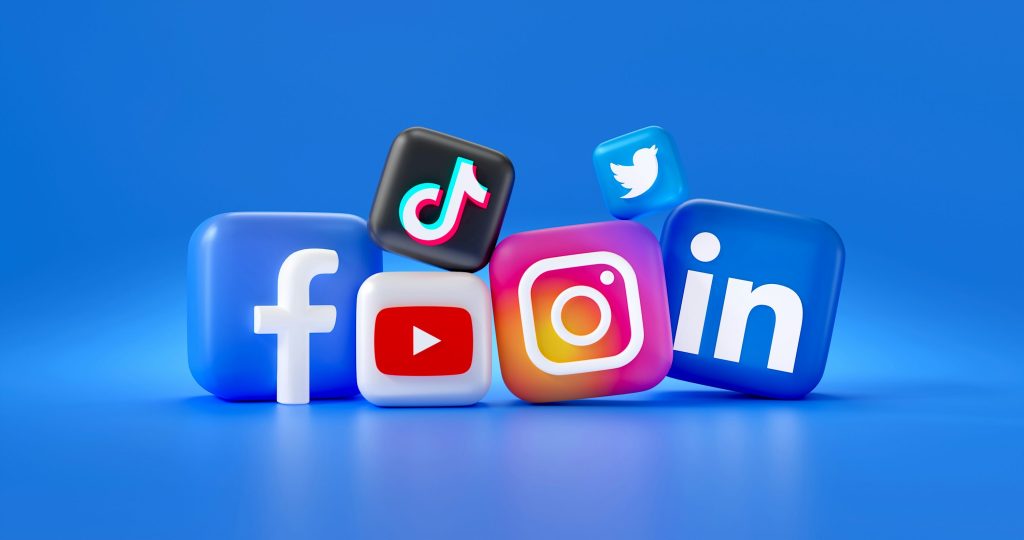
Here’s a breakdown of the most commonly used digital marketing channels:
| Channel | Description | Best For |
| SEO | Organic traffic through search engines | Long-term brand growth |
| PPC | Paid ads with measurable clicks | Quick traffic & promotions |
| Content Marketing | Blogs, videos, etc. to attract and convert | Building trust and expertise |
| Social Media | Posting and engaging on social platforms | Brand awareness and engagement |
| Email Marketing | Sending targeted messages to subscribers | Nurturing leads and loyalty |
| Affiliate Marketing | Paying others to promote your product | Expanding reach without upfront cost |
| Influencer Marketing | Collaborating with online personalities | Brand exposure to niche audiences |
You don’t need to use every channel—choose based on your audience, budget, and goals.
6. Tools Every Digital Marketer Should Know
Having the right tools can dramatically improve your productivity and results.
✔ SEO Tools:
- Google Search Console
- SEMrush / Ahrefs
- Yoast SEO (for WordPress)
✔ Analytics Tools:
- Google Analytics
- Hotjar
- Microsoft Clarity
✔ Social Media:
- Buffer / Hootsuite (scheduling)
- Canva (design)
- Meta Business Suite
✔ Email Marketing:
- Mailchimp
- MailerLite
- HubSpot
✔ General Marketing & Automation:
- Zapier
- Trello / Asana (project management)
- ChatGPT or AI writing tools for content assistance
7. Future of Digital Marketing
The digital marketing landscape is constantly evolving. Here are trends that are shaping its future:
- AI & Automation: From chatbots to AI-generated content, automation is transforming how we market.
- Voice Search: Optimizing content for voice queries is growing.
- Video-First Content: Reels, TikToks, and short-form videos dominate engagement.
- Zero-Click Searches: Google answers many queries directly—meaning you must optimize for featured snippets.
- Privacy-First Marketing: With cookies phasing out, marketers must focus on first-party data and consent-based marketing.
Keeping up with these trends is vital for staying competitive.
8. Conclusion
Digital marketing is no longer just a tool—it’s a necessity for growth in the modern world. Whether you’re a business owner, a student, or someone looking to pivot careers, learning digital marketing opens endless opportunities.
This guide gave you a foundational understanding of:
- What digital marketing is
- Its key channels and tools
- The immense value it brings to businesses
- Where the future of marketing is heading
If you’re building your presence or offering services in this field, the next step is practice—apply, test, tweak, and grow.

